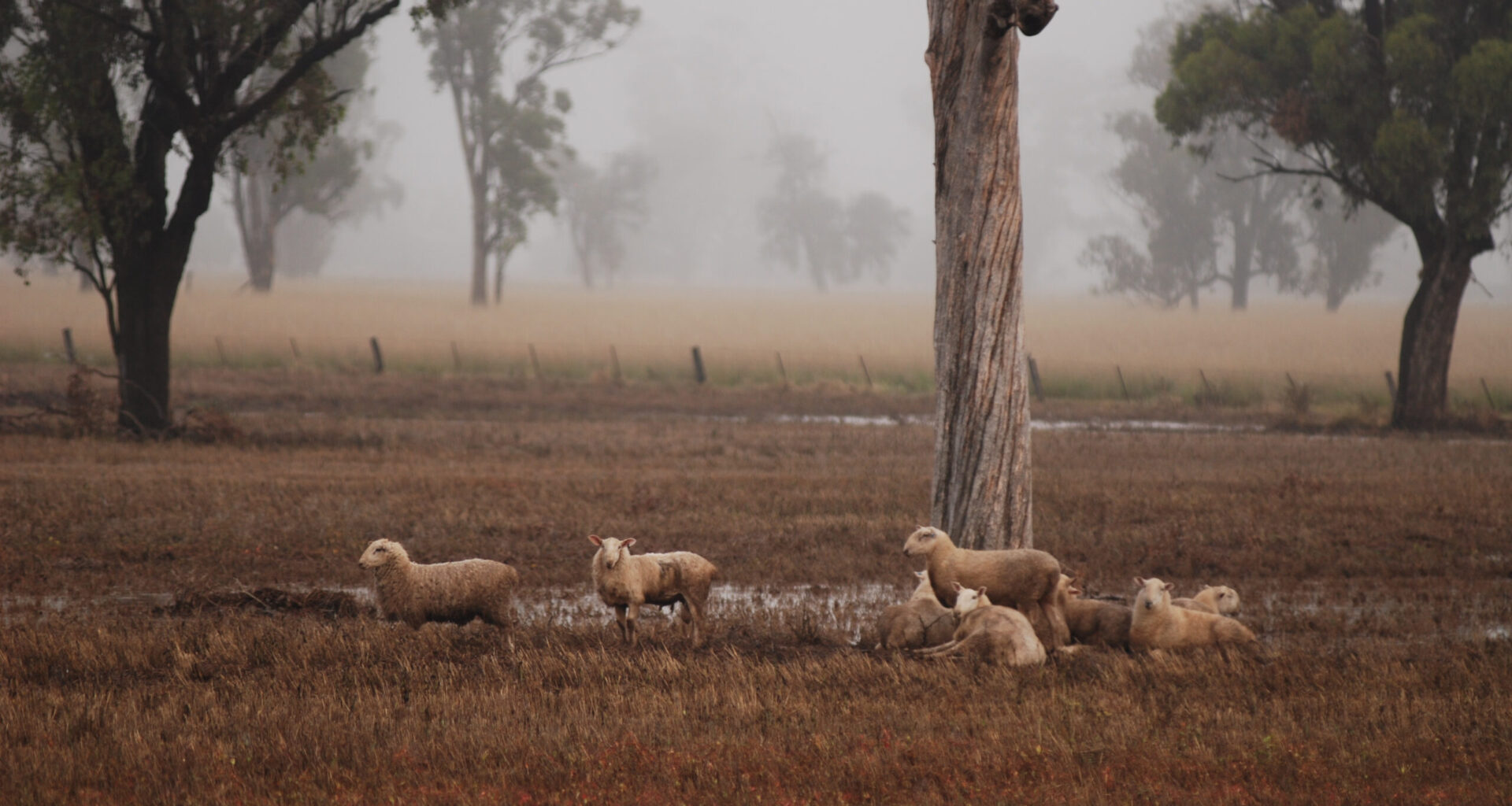Nationally, the Trade Lamb Indicator finished the week at 1163¢/kg, which was 60¢/kg below seven days prior, and 32¢/kg lower than four weeks earlier. This was despite the throughput for the indicator falling by more than 8000 head. Breaking it down, NSW had three quarters of the national yarding and Wagga Wagga and Forbes in NSW had more than 40% of the total throughput, with both averaging well above the national price at 1225¢/kg and 1201¢/kg respectively.
About 10% of the 40,000 lambs were new season at Forbes, but the National Livestock Reporting Service quoted trade lamb quality as poorer than previous sales, and old season lambs lost $5–$10/head. Quality at Wagga was also described as hit and miss, and while new season lambs made up a higher percentage, there were even fewer yarded there than at Forbes. Ballarat was the only Victorian yard with any number of trade lambs, and quality there was “patchy”, being too early for suckers as of yet. South and Western Australia contributed less than 1000 head each to the indicator.
Restocker and heavy lambs both fell even further than the trade lamb price for the week, down 83¢/kg and 70¢/kg respectively. The restocker price was heavily influenced by big yardings at Katanning and Muchea, WA, being more than 30% of the throughput and averaging 952¢/kg compared to the national average of 981¢/kg. Victoria yarded very few comparatively, and only averaged 814¢/kg, while NSW had the biggest statewide yarding and averaged just shy of 1050¢/kg.
While total sheep and lamb yardings rose by about 2000 head from the previous week, it was all made up of mutton, with the lamb numbers actually dropping by about 400 head. Total slaughter was lower last week, but the sheep kill was up more than 7% from the previous one. The National Mutton Indicator fell 33¢/kg for the week to land at 738¢/kg, with throughput up by more than 11,000 head.

